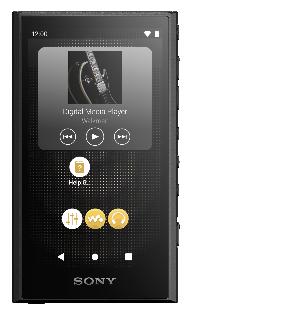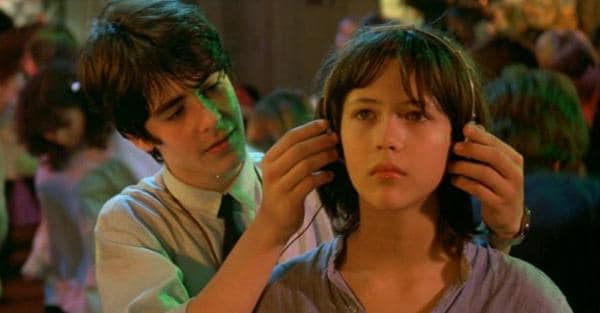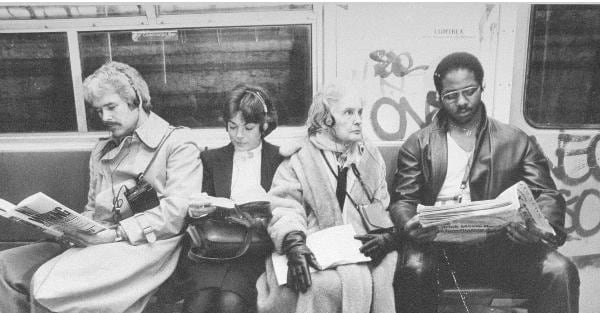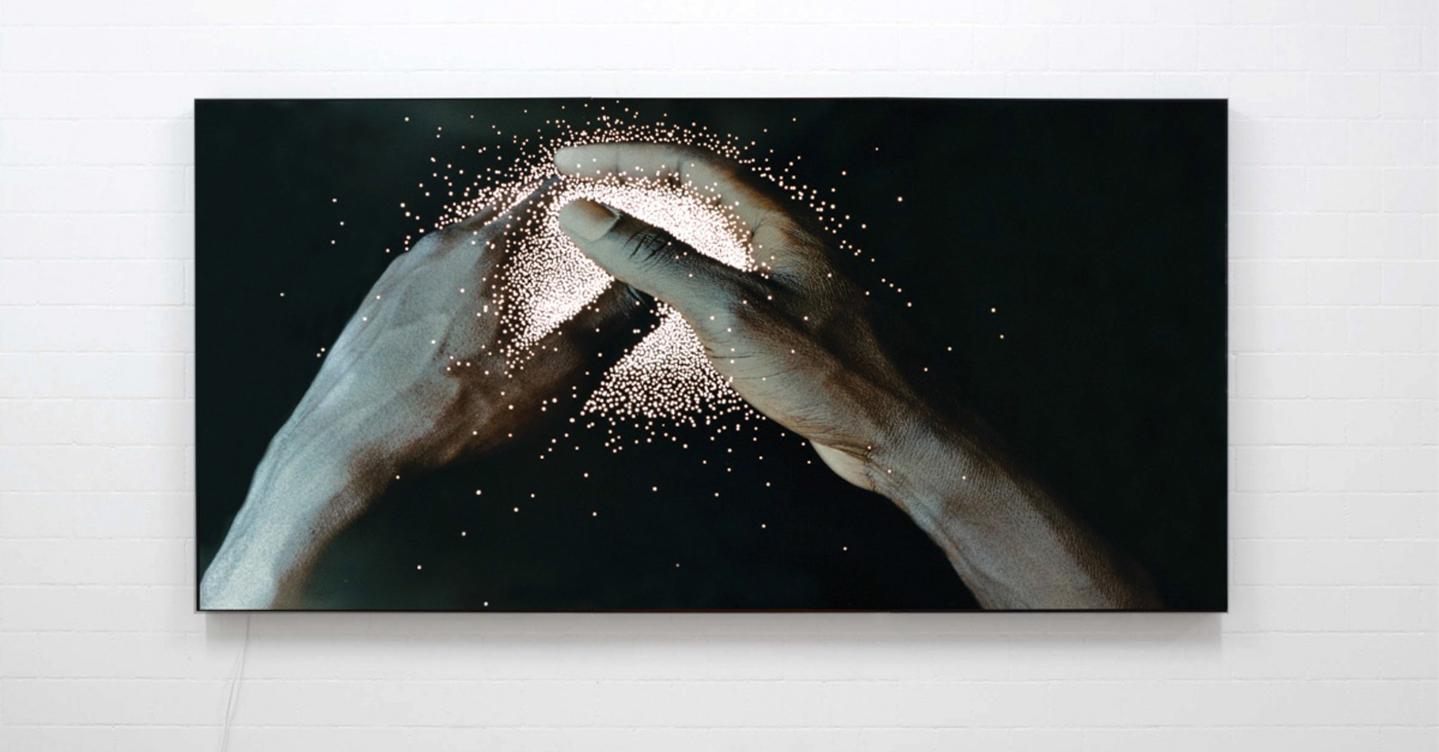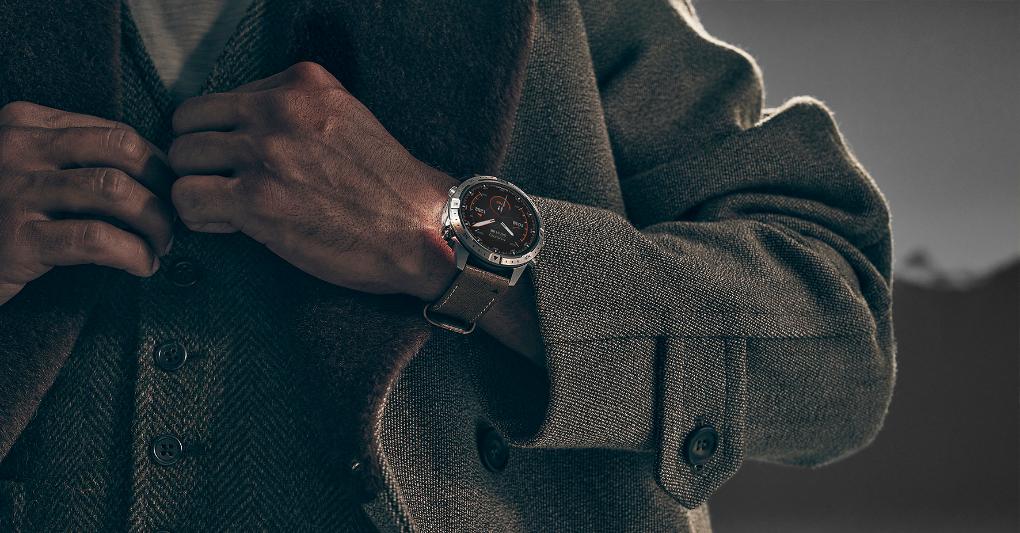The metallic blue of its “body” and the bright orange of the headphone sponges, which are the same color as the hotline button, allow listening to music as a couple, in a purely analogue sharing ante-litteram. Small fragments of memories, as a slightly nerdy and very audiophile boomer, of the Sony Walkman, the first device – we would say 43 years later today – with which you can listen to music in high-fidelity stereo with cassettes while walking, almost like at home could hear, this beautiful guy Nakamichi Dragonwhich was incredibly expensive and which I still regret selling for a DAT recorder.
It was called the Walkman TPS-L2, was great and expressed for the first time a simple and wonderful concept: listening to music in stereo while walking, on the beach, on skis and even on a motorbike (it was stupid, I know, but that wasn’t it). forbidden. It was a time when not even a helmet was compulsory. And of course at school, how else could you be excluded from class and continue to listen to the Stones or Jethro Tull at full volume (already out of style, in the middle of the Duran Duran era)?
The idea of Akio Morita, the legendary founder of Sony, was so brilliant that the term Walkman became the definition of a category, like the off-road vehicle that many call Jeep, even if it is a Range Rover. Of course, you had to bring a few cassette tapes and maybe (I’ll unlock a reminder for you) a pencil to rewind the tape if necessary and insert it into one of the reels.
For over a decade, through the ’80s and much of the ’90s, the Walkman paradigm remained dominant: it was the tool (with a capital S) for listening to music, with dozens of imitations, often excellent, others downright scandalous. However, the digital revolution was already emerging, the first impulses of which were sparked in 1982 by Philips and Sony, who invented digital audio, i.e. music translated into binary code, with the Compact Disc. It was the end of hiss, of Dolby, of noises and distortions like the terrible “wow and flutter” that made the sound slow and tremble because the tape was worn out and the heads were dirty. I still carry the compact disc in my heart: I actually barely tolerated the cassette, just because it was necessary. The CD sounded and still sounds divine, despite the hipsters who have since rediscovered vinyl and are seasoned audiophiles with a hideous plastic turntable with a Bluetooth connection.
However, the CD had a problem: the portable player was as uncomfortable as a fruit plate slung over your shoulder and was not pocket-sized. In fact, Sony invented the Discman, and on my shelf of technical memories I still have one associated with Sony’s first tabletop players CDP-101 and Philips CD100. However, digital audio technology had a disruptive power: the songs became files (the quality of compression systems like MP3 is still debated, but still better than cassettes) that could be downloaded, distributed, shared and listened to with little super effort as it was Since it was a pocket-sized player, the PC, whether permanently installed or portable, replaced the old stereo rack in many households. The era of Napster and piracy, byiPod from Apple. Apple essentially reinvented the Walkman and changed the rules of the game until it achieved itiPhone. Especially with Spotify-style streaming and smartphones, music has found its way into our pockets and we have access to discographies from all over the world.

